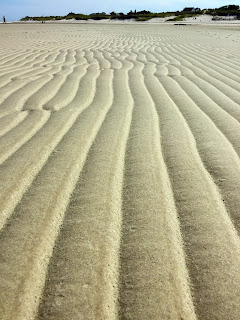
Nature News Catch shearwaters before they migrate south by Sue Pike the York Weekly/Portsmouth Herald/Foster's Daily Greater shearwater Photo by Sue Pike While in college in the early 1980s, I spent a summer out a the Isles of Shoals taking the Field Marine Research class. It was a great course, we helped band birds, studied tide pools, scuba-dived in the cold Atlantic water and learned about the raucous gull colonies that made walking on some parts of the island a perilous venture. One of my favorite things was a whale watch - I had never been on one. This was a long time ago, but two things stand out crystal clear in my memory of that trip: the humpback whales feeding, breaching and diving right next to the boat and the shearwaters flying low over the waves. The whales were certainly awe-inspiring, but I have to say that the shearwaters captured my imagination more than any animal I have ever seen. I love the way they fly. According to the Merriam-Webster dictionary t



